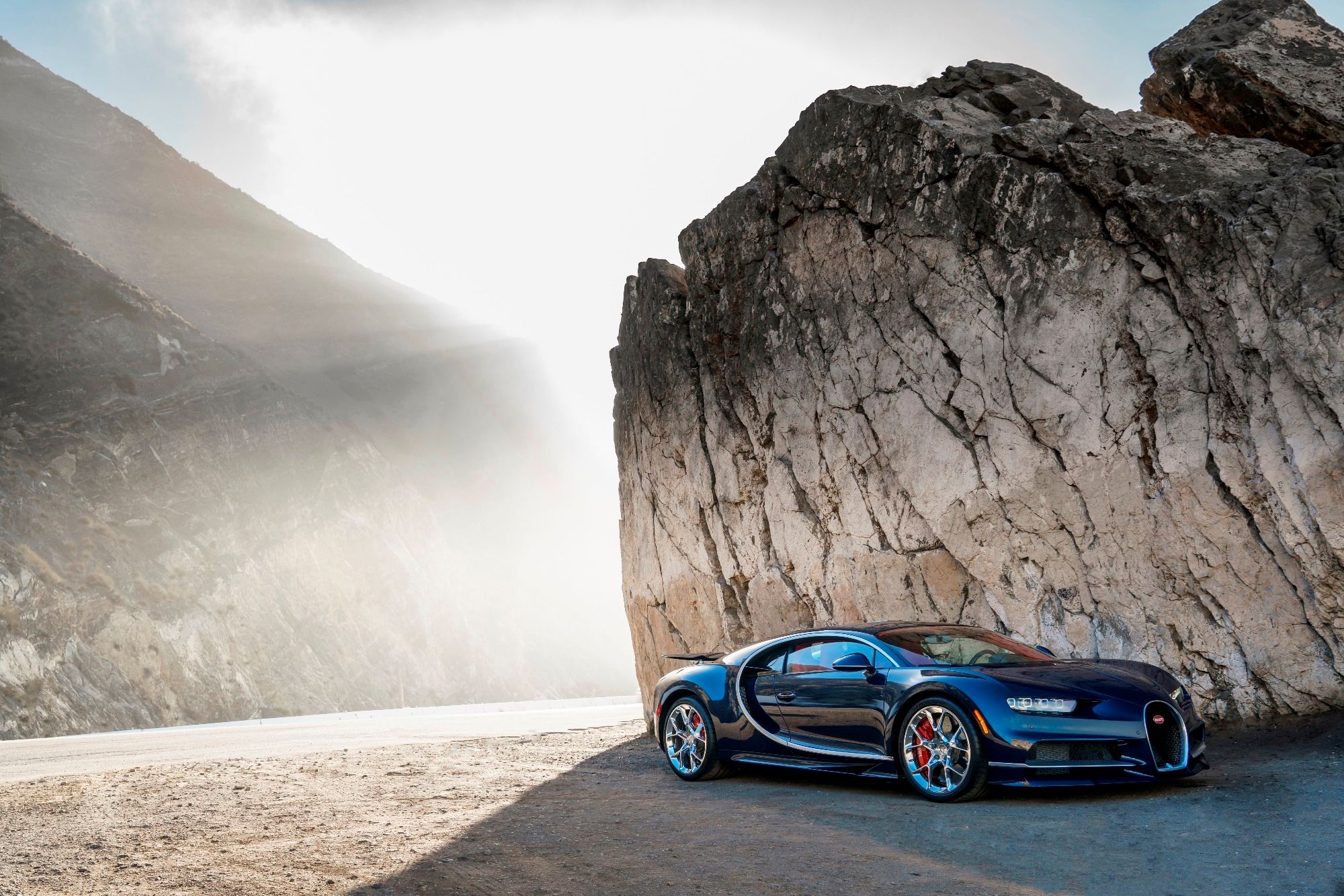
Admittedly, the Bugatti Chiron is an incredibly impressive (and expensive) car. It uses more turbos than is probably reasonable to produce and an equally unreasonable 1,479 hp with a top speed of over 300 mph. Still, it's not as cool looking as this Bugatti Type 59. Nor does it feel as fast as this probably did way back in 1934. Nearly 100 years ago, this was peak car. Nothing could approach it. The majority of Americans didn't even own a car yet, and some probably hadn't even seen one in anything but photos.
Put plainly, this car was more space ship than simple four-wheeled machine. The car you see here has just won the award for "Best-Preserved Pre-War Car" at the Concorso d'Eleganza at Villa d'Este in Italy. In fact, that award was won because this car looks the way it does. It's beat the hell up for a reason.
You'd never see a Formula 1 car that looks shabby today. It just wouldn't happen, unless the driver had a bit of a whoopsie at Rascasse. But this car has some battle scars. It was first raced in the San Sebastian Grand Prix in September of 1933. Later, driver Rene Dreyfus drove the car to P3 at the Monaco Grand Prix in 1934. Another French driver, Rene Benoist finished P4 at the French Grand Prix the same year, finishing in the same position at Spa weeks later.
After its racing days were over and done with, the Type 59 was sold to King Leopold III of Belgium at the end of the season and was owned by him until 1967. By this point, the car had never been restored. Ettore Bugatti at one point painted over the car's blue shade in favor of the black/yellow livery you see here. Regardless, the car was sold in 1967 to a Belgian collector, who never restored it.
This car was the absolute zenith of automotive technology in its day. The car was powered by a supercharged inline eight-cylinder engine, producing somewhere in the neighborhood of 160-250 hp. That doesn't sound like much until you see how skinny the 1,600-pound car's tires are. It also featured some tech still used in cars today, like a dry-sump fully synchronized transmission with central shifting.
To this day, the car remains totally unrestored. Every chip in the paint, scuff on the leather, and dent in the bodywork was earned, kept, and preserved. They say imperfections can make something beautiful, and it's hard to argue with that sentiment here. It's a cliche, yes, but if this car could talk, it'd certainly have some stories to tell, and we'd like to hear them.
